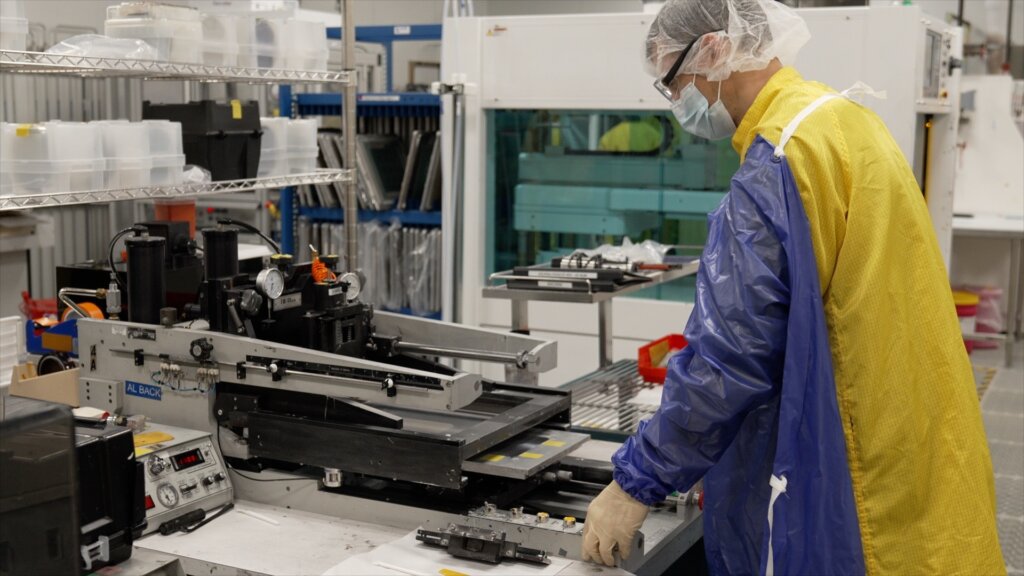
CalSEED Story: How Planet A Energy is Using Sand To Power the Future
In the global sprint toward decarbonization, we’ve made remarkable progress with solar, wind, and battery storage, but we’re not there yet. The real challenge lies in what Brad Hines, CEO of Planet A Energy, calls “retiring the last baseload resources.” That’s the power we still rely on when the sun goes down and the wind takes a break, when the grid still leans on fossil fuels to keep the lights on.
So, how do we break that final link to carbon-based energy?
The answer: long-duration energy storage. And Planet A Energy has found it, inside a bed of sand.
“When everybody comes home and turns on their air conditioner at 7 p.m., you have to store the energy,” Hines explains. “We’re using batteries for that now, but batteries are good for a few hours. We need to take that renewable energy, save it for later, and deliver it when it’s needed.”
Planet A Energy’s technology does just that, by capturing sunlight directly as heat and storing it in sand. If you’ve ever felt the sand on a hot day at the beach, you can see how sand holds heat remarkably well. But unlike the beach, this system doesn’t let that energy escape.
Planet A Energy’s thermal battery isn’t built on rare earth metals or lithium. It’s built on heat, air, and sand.
Here’s how it works: a small solar collector uses concentrating optics and a glass rod to focus sunlight into a bed of sand. Over time, the sand reaches temperatures of over 1,000°F. When electricity is needed, air passes over the hot sand, heats up, and drives a turbine, just like a traditional power plant, but without the fossil fuels.
“We collect the sun’s energy directly as heat on demand,” says Hines. “It’s reliable, resilient, and always there.”
Unlike traditional solar thermal systems that rely on giant mirrors or towering structures, Planet A Energy’s collectors are compact and rugged. That makes them uniquely suited for deployment in harsh, remote environments, like northern Australia, where cyclones can shred photovoltaic panels. A large and heavy box of sand? That doesn’t budge.
Built to Scale, Built to Last
What makes Planet A Energy’s solution truly groundbreaking isn’t just its durability or simplicity; it’s the scale.
“Imagine a square mile of solar collectors,” Hines says. “Think of how much heat you can store there. It’s just a different scale.”
With this approach, Planet A Energy can deliver three and a half times the efficiency of conventional systems and use seven times less land than photovoltaic solar. That’s not just better, it’s transformative.
And the applications are just beginning. Whether it’s powering remote communities, serving large industrial campuses, or becoming the new backbone of national energy grids, long-duration thermal storage opens a path to firm renewable energy, the kind that’s available 24/7, 365 days a year.
“What’s lacking in the market is what we call firm renewable energy,” Hines emphasizes. “That’s what we’re going to provide. And that’s going to enable the final transition from fossil fuels to 100% renewables.”
CalSEED Grown Innovation
Planet A Energy’s rise has been fueled by programs like CalSEED, which Hines describes as “super flexible” and “a joy to work with.” Hines says, “This is the kind of public-private synergy that helps scale technologies from the lab to the grid.”
The Future is Firm, Renewable, and Hot
Planet A Energy isn’t just solving a technical challenge; it’s rewriting the rules of solar energy. With heat-storing sand as the medium and compact, resilient solar collectors as the mechanism, this isn’t just an energy solution; it’s a key piece of the energy revolution.
In a world racing to ditch fossil fuels, that might be exactly what we need.

